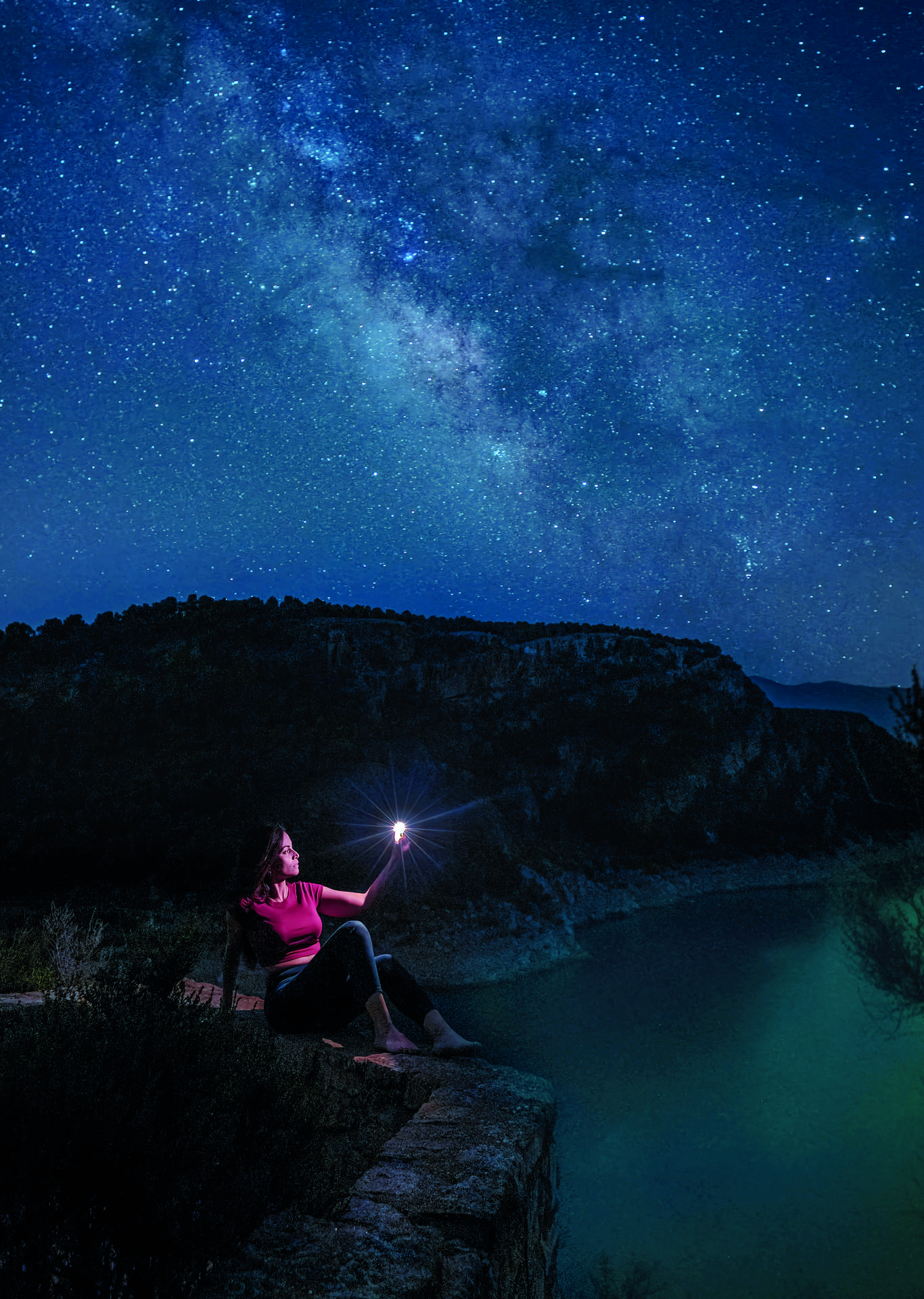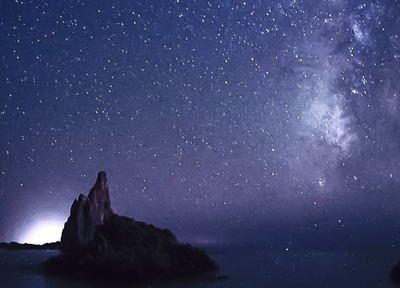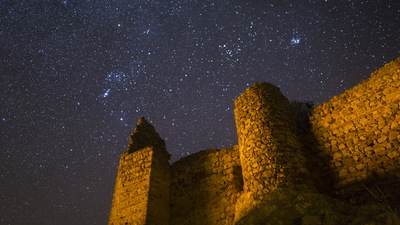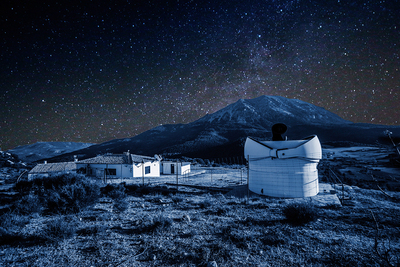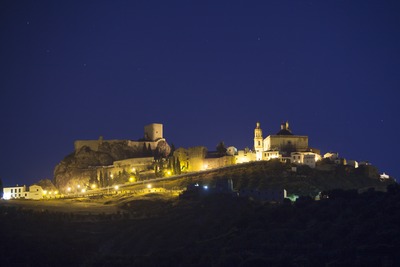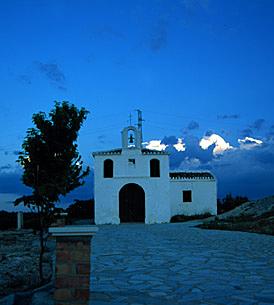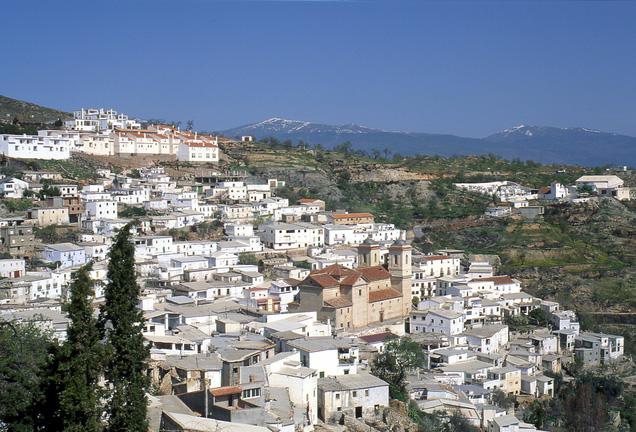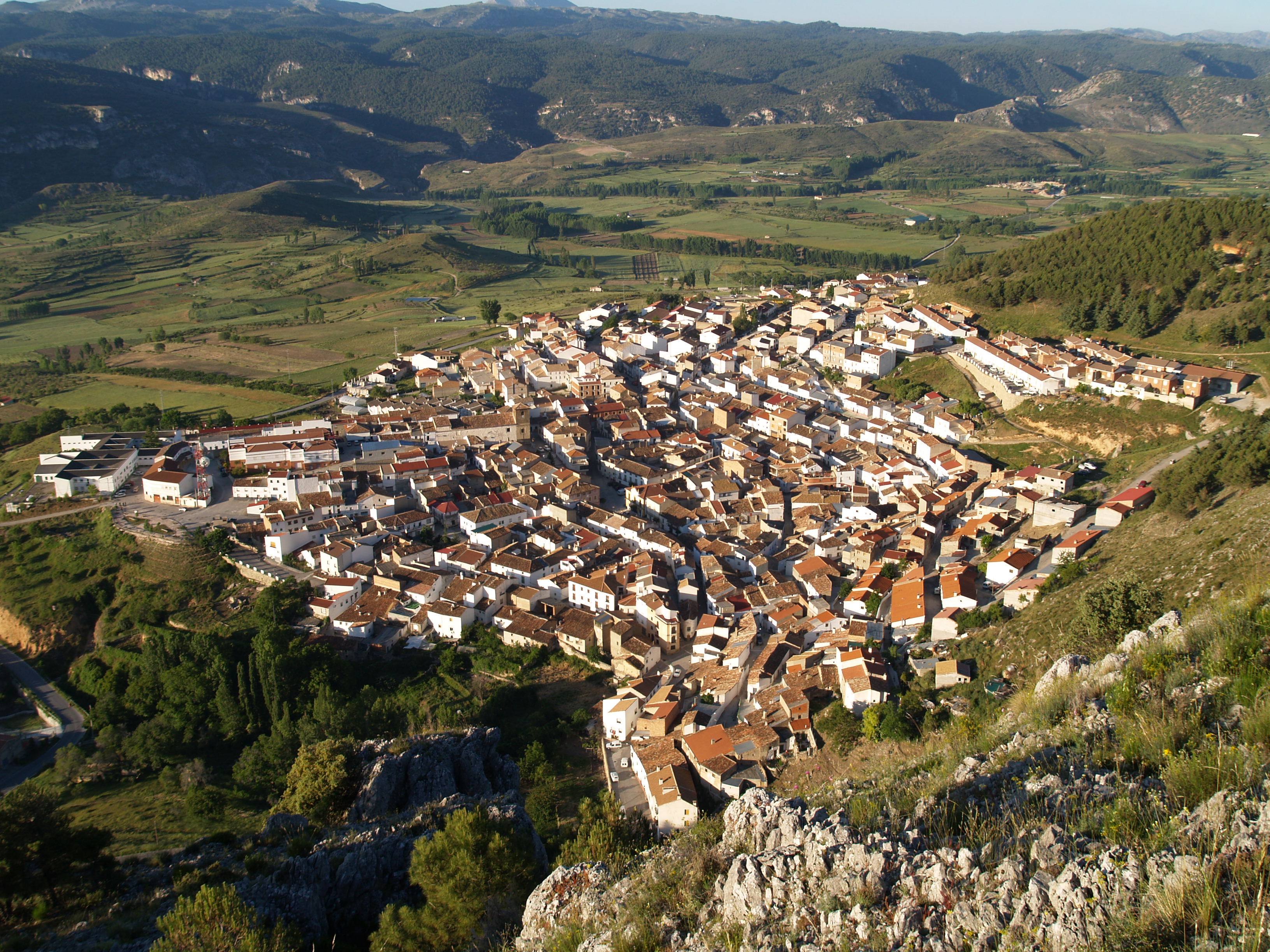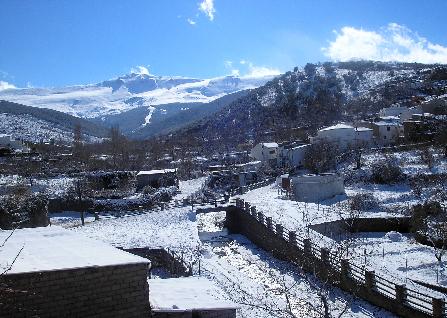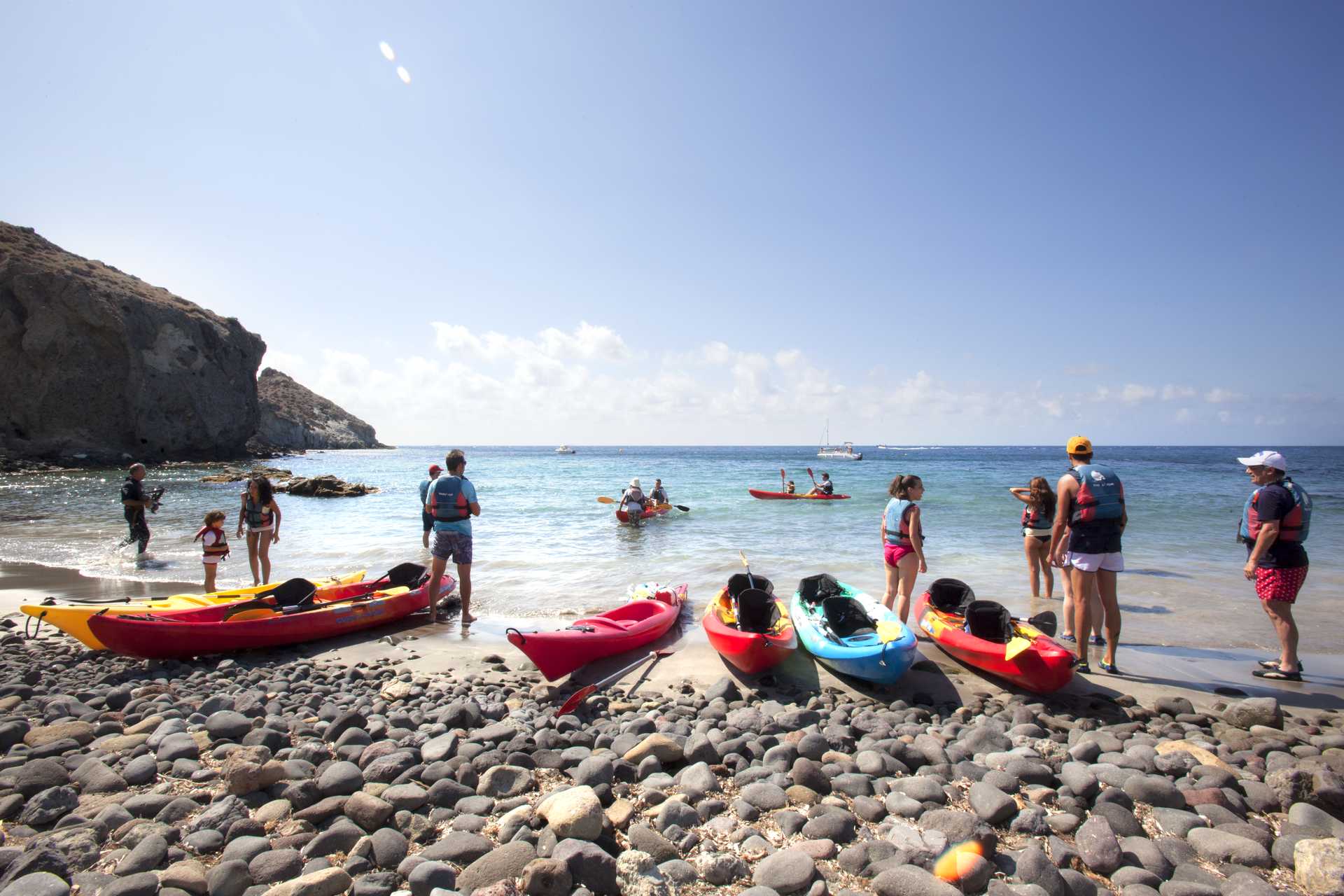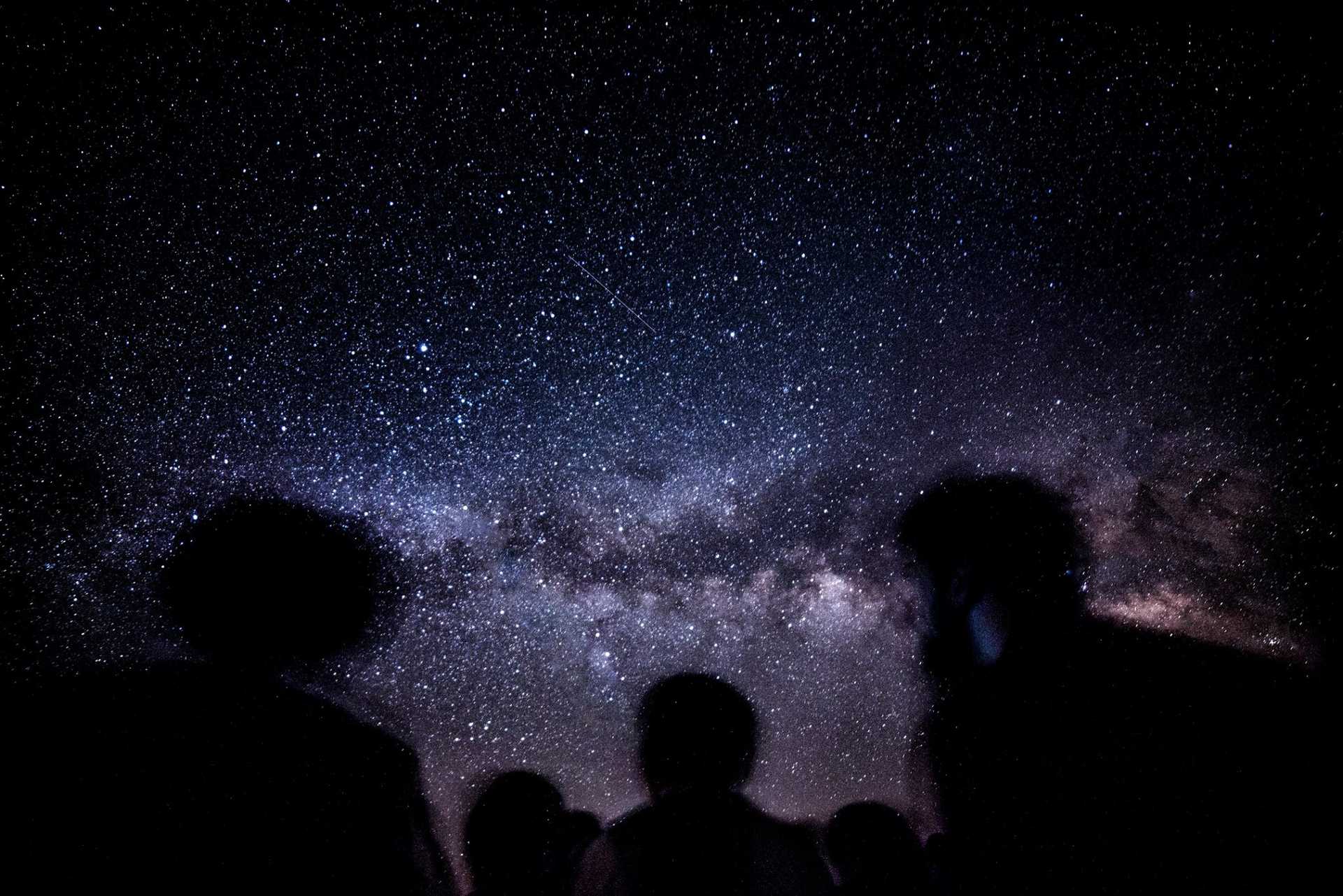
Starlight Reserves and Destinations
The experience of contemplating the spectacular sky over Andalusia and how small you feel when you discover the immensity of the Universe, is to discover the force of Nature, which is difficult to assimilate and understand. We are invited to lie down on the ground and observe at night the millions of flashes of light located at astronomical distances, all of which causes an overwhelming feeling, of admiration and fullness which feels like vertigo, together with the concern we feel because we know so little about everything we are contemplating. A host of questions immediately come to mind which lead us to search for answers, fall in love with this exciting adventure and take a ride on an imaginary spaceship to make an incredible tour of the stars.
Since March 2014, Sierra Morena and Sierra Sur de Jaén, together with 67 Andalusian municipalities, have been part of an exclusive group of destinations that enjoy international Starlight Reserve certification, an award sponsored by UNESCO that guarantees the quality of the night sky of the territories and its suitability for the practice of astronomy and stargazing in optimal conditions.
The Starlight certification system was created with the aim of developing experiences related to stargazing and promoting responsible tourism which preserves the environmental conditions and natural light in these distinguished areas.
The project for the certification of Starlight Reserves and Destinations includes the Sierra de los Filabres (Almería) and Sierra Nevada (Granada). These natural spaces have the two largest astronomical observatories in the region, the Calar Alto Spanish-German Astronomy Centre in the Sierra de Los Filabres (Almeria), and the Astronomical Observatory of Sierra Nevada (Granada).
Starlight Initiative
The Starlight Movement or Initiative arose out of the Starlight International Conference which established the principles and recommendations contained in the "Declaration on the Defence of the Night Sky and the Right to Starlight" ("Declaration of La Palma". 2007).
The Starlight Foundation was created in 2009 by the Institute of Astrophysics of the Canary Islands (IAC), with the aim of promoting, at a global level, the improvement of the quality of the night and day sky and, out of a desire to protect it and consider it an important source of knowledge and culture, which should be shared with the whole of society, promoting the dissemination of astronomy and promoting sustainable and high-quality tourism in those places where the night sky is protected. Its purpose is the dissemination of astronomy and the promotion, coordination and management of the Starlight Movement. This involves developing programmes and actions aimed at offering a different way of caring for and defending the sky and appreciating its value as a necessary resource for life and as an intangible heritage. A number of services are provided with regard to this.
The Starlight Foundation has created a certification system, which accredits that the quality of the sky in these areas is excellent and they set a good example for protection and conservation.
They are scenarios where the observation of the firmament is an integral part of their natural, landscape, cultural and scientific heritage and this enables them to promote "Star Tourism".
This certification system is supported by UNESCO, the World Tourism Organisation (UNWTO) and the International Astronomical Union (IAU).
Starlight Certification enables science and tourism to be combined for the very first time. This involves taking advantage of astronomy and stargazing and using them as a tool to generate a new kind of smart tourism.
The aim of Starlight Certification is to guarantee the capacity to be able to contemplate the stars properly and to understand their associated scientific, cultural, natural and landscape values.
Certification Modalities
Starlight Reserve®
If an area is certified as a Starlight Reserve high quality is guaranteed, since it means that there is hardly any light pollution, the darkness of the night sky is similar to or exceeds that of many professional observatories at an international level.
A Starlight Reserve is a protected natural area where there is a commitment to the defence of the quality of the night sky and access to starlight. Its function is to preserve the quality of the night sky and the cultural, scientific, astronomical, landscape and natural values associated with it.
The objectives and functions of a Starlight Reserve are guided by the principles contained in the Declaration in Defence of the Night Sky and the Right to Starlight.
Starlight Reserves are divided into the following categories in accordance with the scope of the concept and the properties of the area.
a) Natural Sites
b) Heritage Sites
c) Astronomical Observation Sites
d) Star Landscapes
e) Starlight Oasis – human habitats
f) Mixed sites
There are a number of zones in a Starlight Reserve:
Core or exclusion zone: This is where the natural lighting conditions and sharpness of the night sky remain intact.
Protection zone: This is located around the core area and serves to cushion any adverse effects related to light and atmospheric pollution that may affect it.
General zone: This is an area outside the Reserve but nearby and where intelligent and responsible lighting criteria should be applied to protect the quality of the night sky.
The Starlight Reserve concept goes together in each case with a participatory Action Plan and a series of recommendations geared towards preserving or recovering the quality of the night sky as far as possible with regard to the cultural, educational, scientific and environmental benefits.
Parameters with regard to the astronomical quality of the night sky for Starlight Reserves:
- Clear Skies: 60%
- Sky darkness: >21.4 mag/arcsec2
- Sharpness (seeing): ≤ 1''
- Transparency: ≤0.15mag
Starlight Destinations®
Starlight Tourist Destination is another certification that accredits that a certain place has a high-quality tourist infrastructure to provide services for those who come to enjoy astronomy. It certifies that an area can provide astronomical exposure activities and specialised services, as well as meeting the most demanding standards of quality and comfort.
Starlight Tourist Destinations are places that can be visited, whose starry skies have excellent qualities of sharpness and darkness, both of which are essential for observing the night sky, and that organise specific exposure programmes and activities related to astronomy, astrophotography and scientific or cultural tourism.
Parameters with regard to the astronomical quality of the night sky for Starlight Destinations:
- Clear Skies: 50%
- Sky darkness: >21 mag/arcsec2
- Sharpness (seeing): ≤ 3''
- Transparency: 6mag

